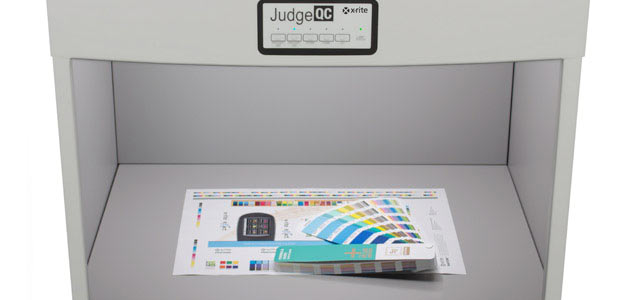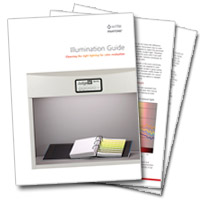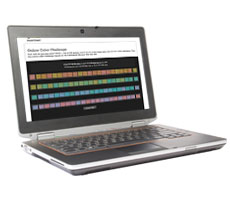
7 Common Mistakes in the Visual Evaluation of Color
I've had customers that went out to the parking lot to evaluate their on-press printed proof on a cloudy day, although we had a light booth they said they trusted more their eyes and the true daylight of the sun. My customer and I have to be on the same page otherwise we are going to disagree every time.
How are you performing your visual incoming material and final prints to meet your customer color expectations?
From incoming materials, including paper and ink, through final production, having effective color evaluation standards in place will save you time and money and reduce rejects and rework.
Here are seven common mistakes we see in the visual evaluation process.
- Using the wrong light source for visual evaluation. Samples should always be evaluated using the light source under which the final product will be seen.
- Proofs evaluated in your shop may be evaluated under different lighting by the customer. Use a D50 or D65 PANTONE lighting indicator sticker to verify daylight conditions in both locations.
- Too much ambient light in the room. The only light in the room should be coming from within the light booth. Light is color, and even a little bit streaming through the window or from a table lamp can change color perception.
- A cluttered light booth. Storing items inside the light booth during evaluation can cause changes in color perception. Evaluate one print out at a time, and don’t place other objects inside the light booth.
- Not taking metamerism into account. Metamerism is a phenomenon that occurs when objects match in one light source, but not another. It commonly occurs when dyes, paints, inks or pigments are changed during production. To check for metamerism, view your samples under a variety of different light sources, especially if they will be located in a variety of light sources once they enter the world.
- Staring at samples for too long. You may think that staring will help you focus, but our eyes actually become less sensitive to color after 5-10 seconds of looking at the same object. When judging color, look fast, then rest your eyes before you judge again.
- Forgetting that not everyone sees color the same way. If your eyes aren’t capable of seeing accurate color, there’s not much a light booth can do to help. Everyone involved in your visual evaluation program should be tested for color discrimination.
The result: less rework, happier customers and more profit!
Perform an accurate visual color evaluation with X-Rite PANTONE Solutions.
- Judge QC
- PANTONE Lighting Indicator stickers D50, D65
- Farnsworth Munsell 100 Hue Test
The Effect of Lighting Conditions on Color Perception

Learn more about how lighting affects color perception with our Illumination Guide.
Test Your Color Vision

Try our Online Color Challenge, a fast, fun and easy way to see how good your color vision is. You’ll want to share this with friends and colleagues, too!
